Here at Allbrand Caravan Services, we get a lot of queries about various caravan elements because we are the experts! A lot of those queries, however, are about rims and tyres, so we figured we would put together this ultimate guide; everything you need to know about rims and caravan tyres.
If you have any further questions or things we may not have answered in this article, do not hesitate to give us a call, we’re always happy to help!
Where to start with caravan tyres
The first thing to realise, which many people don’t, is that your wheels and tyres don’t have to match! In some cases, it’s illegal if they do. The important thing, from both a safety and legal perspective, is that load and speed rating requirements are followed.
All tyres are designed to handle a particular load. Your load rating will be a three digit number with a maximum speed or speed rating shown with a letter. You’ll find this information on the sidewall of your tyre. The load rating represents kilograms, and the speed rating is kilometers per hour.
What to do with the load rating
You need to ensure that the load rating can handle the rating requirement of the vehicle. You will likely first encounter this issue when you first need to replace your tyres. Somewhere on your vehicle, usually inside the driver or passenger door, you will find a sticker with information about your vehicle’s wheel and tyre size. We know weight limits for heavy vehicles under the Australian RV rules and regulations can get a bit complicated but it is an Australian Design Rules (ADR) requirement that minimum speed, load ratings, and appropriate pressure information is displayed on every vehicle to help you out.
In some cases, it is fine to have lower speed-rated tyres with the caveat that winter tread tyres are not driven at speeds more than the tyre speed category which you will find moulded on the tyre.
Laws by state
The ADRs vary by States and Territory, you may want to check the registration authority for your relevant area before changing anything. An important rule of thumb that cannot be broken; however is that you do not fit tyres of a lower load rating than recommended.
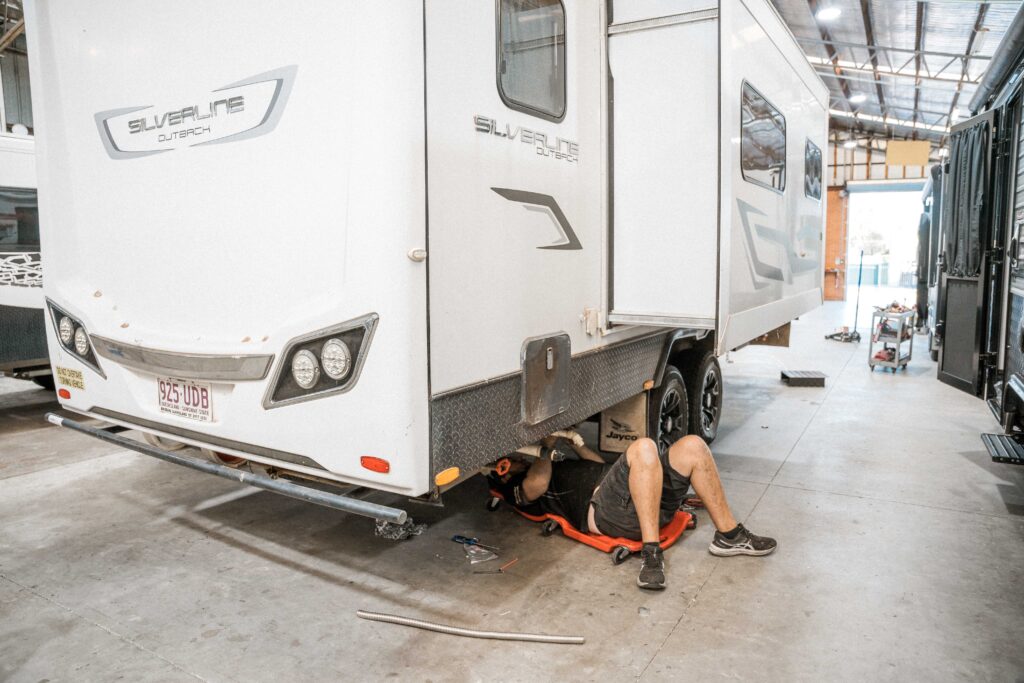
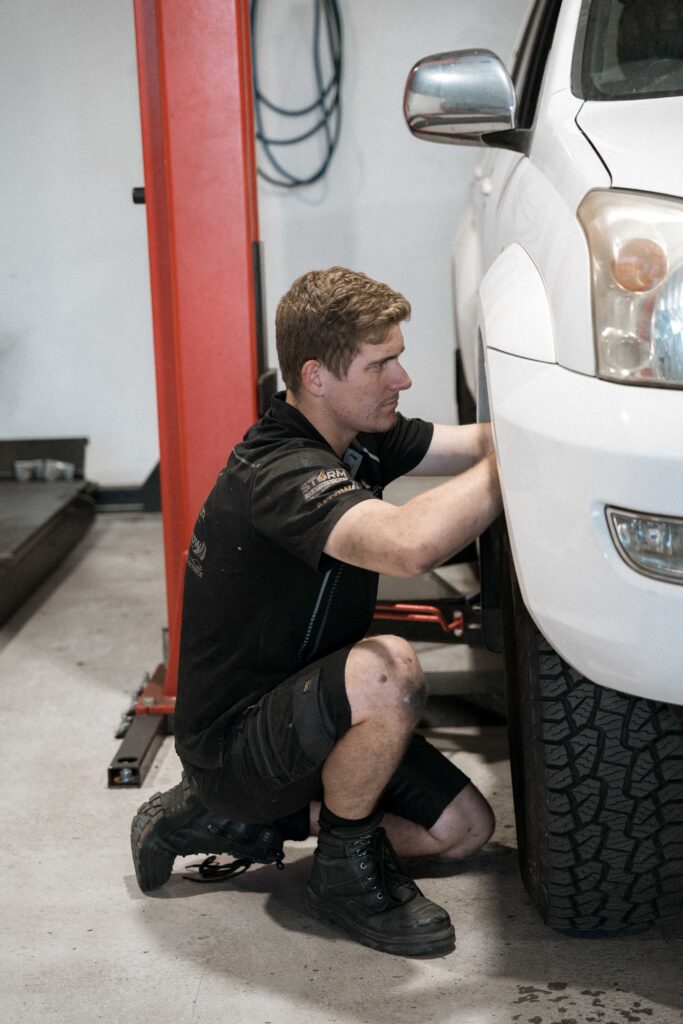
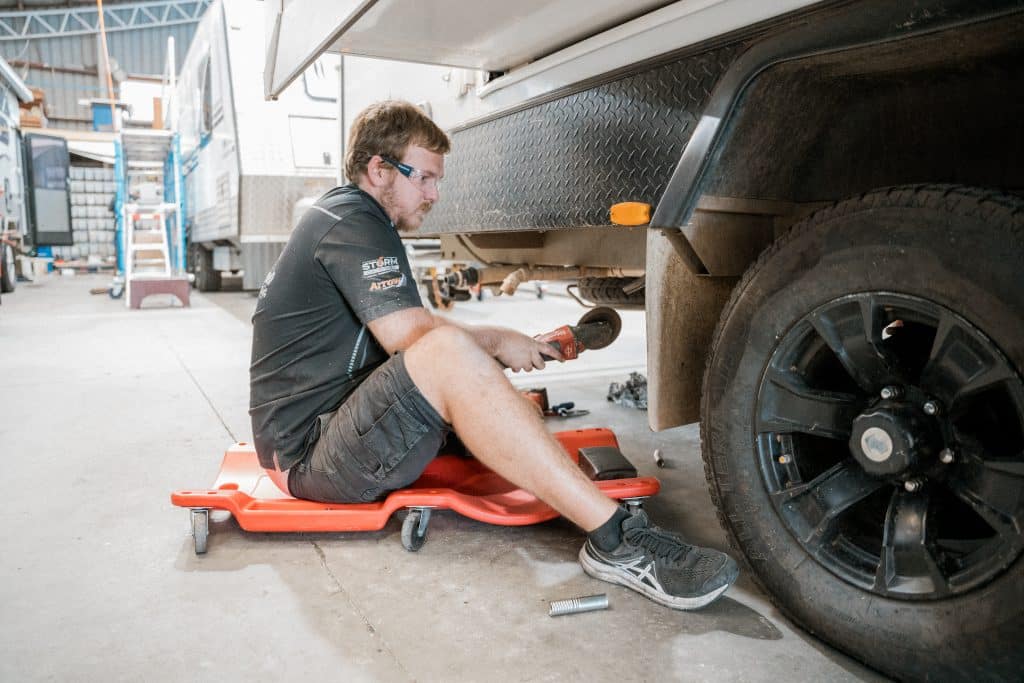
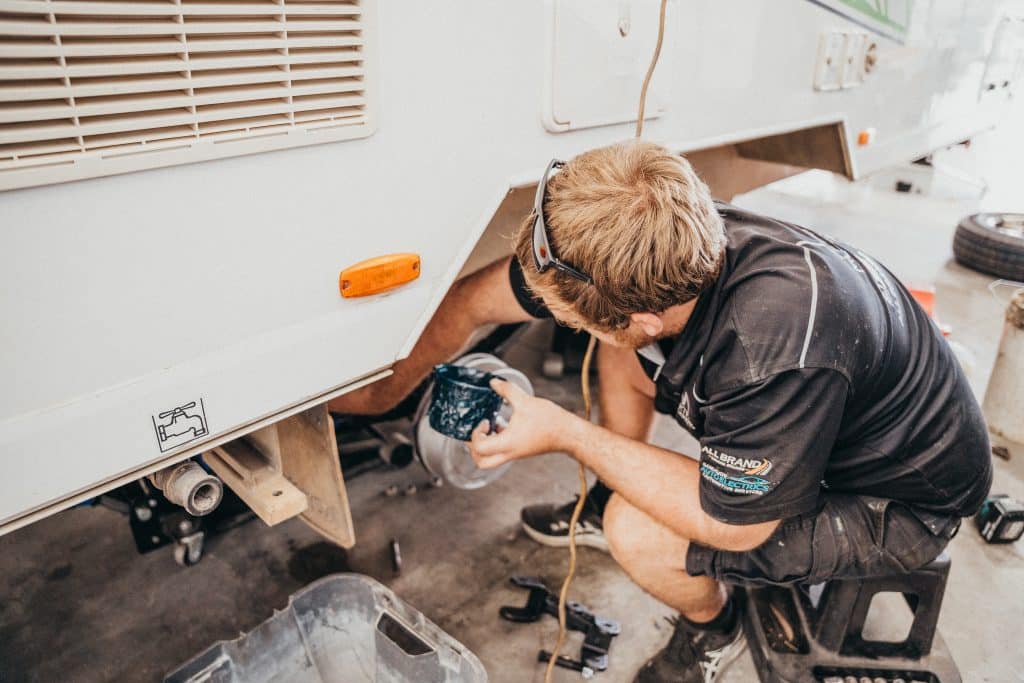
Get the Best Parts and Service for Your Caravan or Motorhome Today
Book a 15-minute call with our head technician now for free (normally $65) to get started.
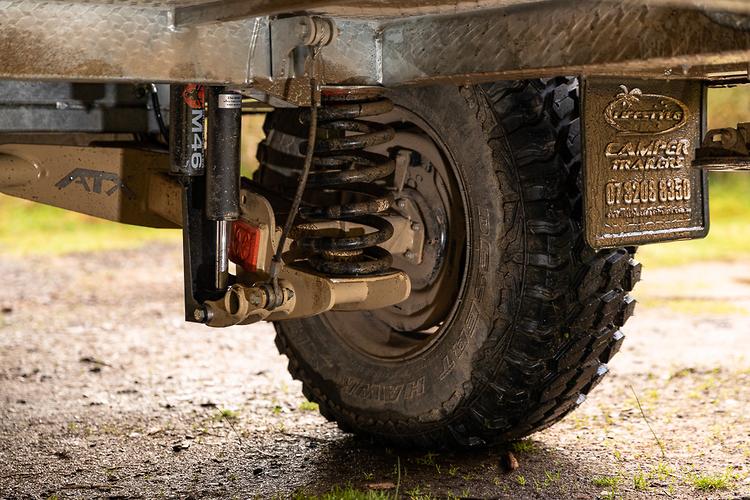
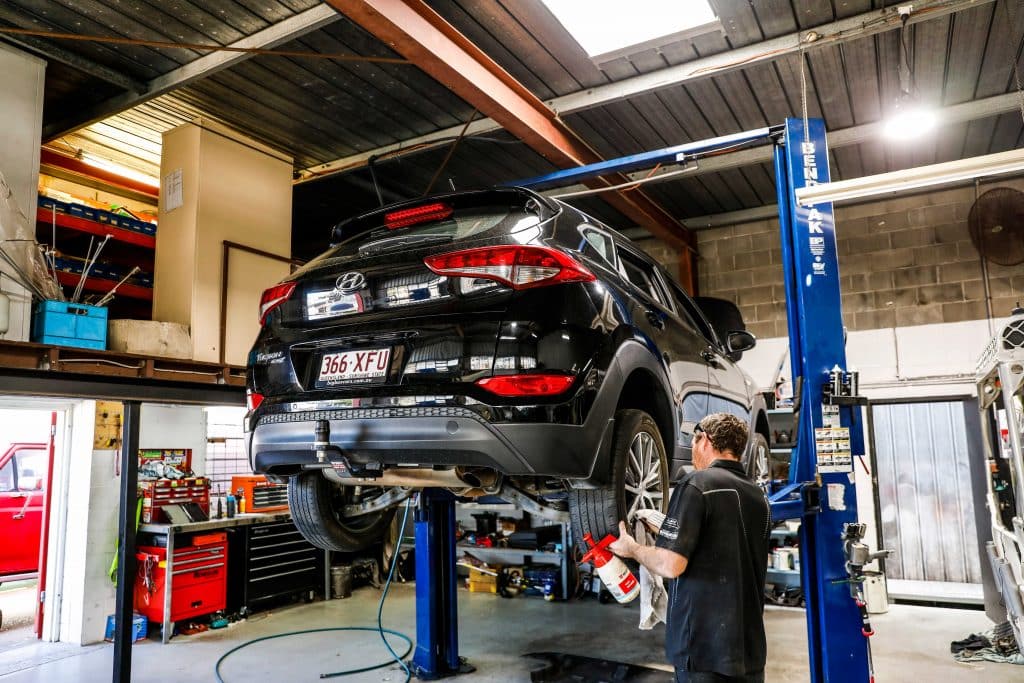
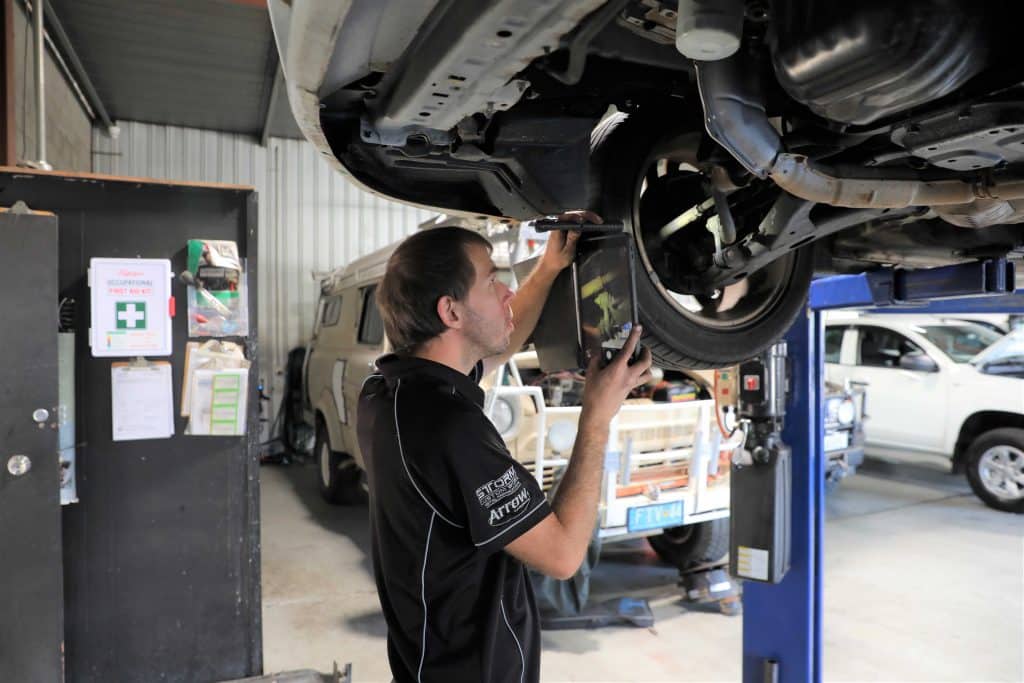

Load variances
Various cars and caravans can obviously carry different loads which is why their tyres are designed specifically for whatever that limit may be. Passenger rated car tyres are made of a lighter construction which means they can handle higher speeds with lighter loads, the opposite applies to truck tyres, which are typically found on caravans, and have better resistance offroad with a higher load-carrying capacity, and lower speed rating.
The standard tyres which are found on most cars are P-rated radial tyres made of parallel fabric casing cords, making them more flexible so that the tread stays in contact with the road when taking corners. These tyres have several layers of steel fabric around the inner circumference under the tread. This prevents too much tread movement when slowing down, starting and stopping.
4WDs and utes
Most of you are likely towing your caravan with a 4WD or ute which will have a similar load rating to what you are towing. This is why the majority of 4WDs feature LT tyres, created for commercial load-carrying. This is one scenario in which wheels and tyres should be matched across the rig so the spare wheels can be used. There are a variety of stud patterns available to match your caravan and vehicle wheels.
If you are considering this, ensure the pitch circle diameter is correct. Your wheels fit tight with identical offsets, a measurement usually stamped on the inner rim.
Tyre pressures
A subject that is often considered more complicated than it really is, tyre pressure is this simple:
Follow the vehicle tyre pressures on the factory recommendation via the tyre placard in the glovebox, door aperture or fuel filler flap. If a higher, heavy-load pressure is also nominated, use it when towing.
It’s that easy. You can use the 4psi rule to make sure everything is alright. Check your tyre pressure while the tyres are cold then recheck them after a decent amount of driving. If you see a 4psi increase then you are all good, if it’s less, your pressures are too high, if it is more, too low.
It is crucial to note that the amount of tread on a tyre is not a good representation of its quality. Tyres that get too old have rubber that starts to harden, which will cause a blow out when they heat up. Your tyres will have a stamped date of four digits on the sidewall, think of this like an expiry date. The first two digits represent the week and the last two digits the year.
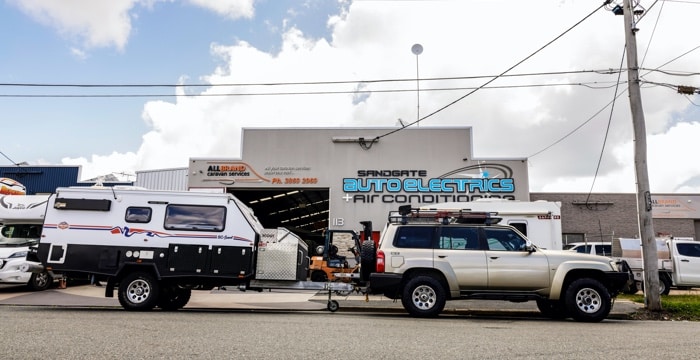
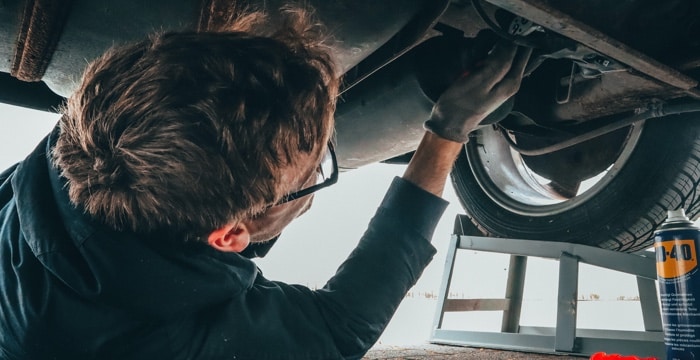
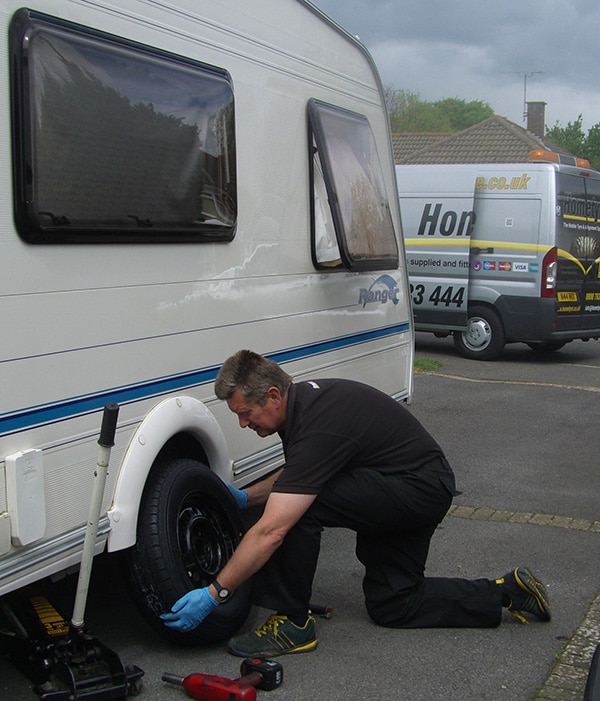

AllBrand Caravan Services will find you the right caravan tyres
AllBrand Caravan Services is a family owned business and for many years caravan and motoring has been our main passion and focus. Our team of experts have a wealth of knowledge and experience meaning we can offer solutions, upgrades and repairs for just about anything you bring to us.
We keep with the latest in Caravan and Motorhome technology, so if you have any questions or are unsure about anything related to caravan rims and tyres, we’ve got you covered. We make it our business to keep on the cutting edge, so if there is a new product that can better your experience, or keep you safer on the road, we know about it. Our customers keep coming back to AllBrand Caravans because we love caravans!
No matter what kind of query or requirement you may have, our goal is to ensure you are happy, but most of all, safe on the road. Allbrand Caravan Services will inspect your vehicle before you head out on a trip so that you arrive at your destination without any hassle, with zero tyre blowouts along the way!